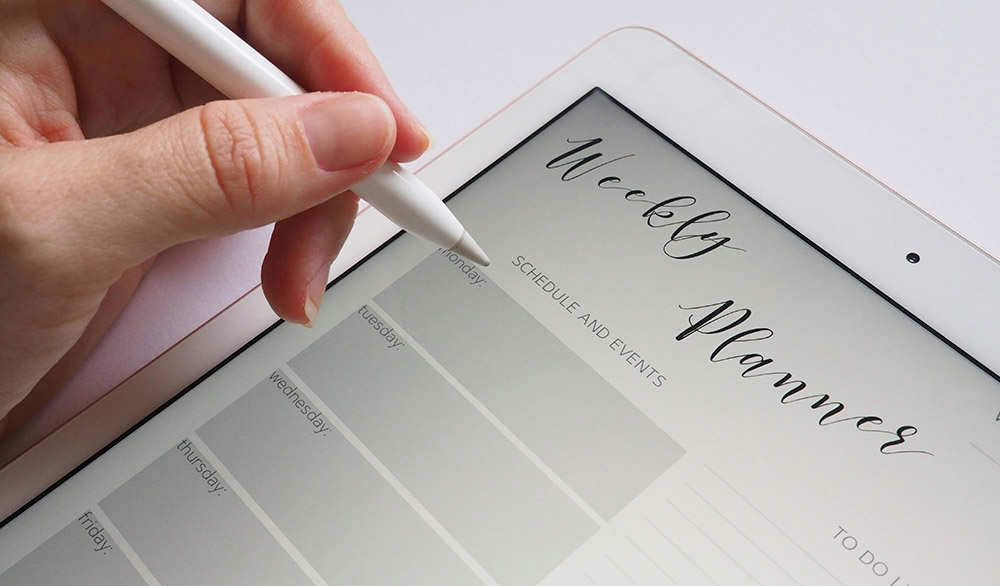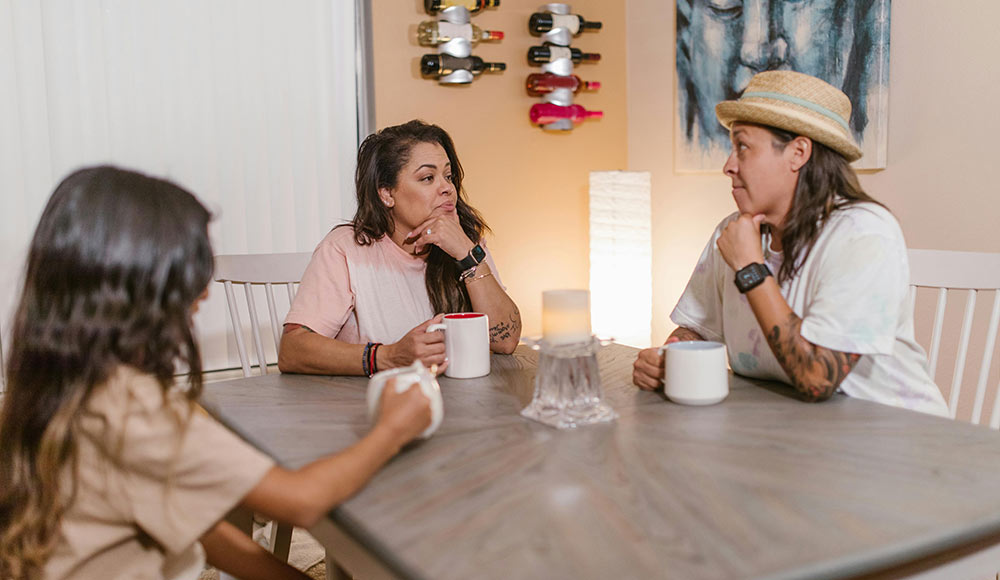New to Caregiving? A Gentle Roadmap for Your First 30 Days
Becoming a caregiver almost never starts with a training class. More often, it begins with a phone call, a diagnosis, or a slow realization that a parent, partner, or friend needs extra help. Those first 30 days matter — not because you’ll do everything perfectly, but because small systems you set up now will reduce stress for months to come. Some organizations provide caregiver roadmaps specific to particular conditions. For example, the Massachusetts Alzheimer’s Disease Research Center offers an eight-page guide for primary caregivers of people with Alzheimer’s disease. But certain steps apply for all caregivers. The following suggestions can set you up for success in those crucial first four weeks.

Picture this: Start with a simple “daily picture:”
Instead of a strict schedule, a general guideline of what each day and week entails can provide just enough structure and flexibility at this early stage in the game. On one page, list wake time, meals, medications, mobility needs, bathing, dressing, toileting and bedtime routine. Note what already works and where there’s friction. This snapshot helps you decide what to keep, what to tweak and where you need support. Build a weekly calendar that includes appointments, medication times, and — crucially — your own breaks. Put the calendar where everyone can see it (fridge, group chat, shared Google Calendar).
Grab & Go: Next, create a “grab folder” with essentials:
Compile info including a current medication list (name, dose, reason, prescriber), allergies, physicians’ names and numbers, insurance cards, preferred pharmacy, and any advance directives or health care proxy into one central location Take photos of the front/back of critical cards so you have them on your phone in an emergency. If paperwork overwhelms you, set a 15-minute timer and do one section per day — progress beats perfection.

Loop everyone in: Establish a communication loop:
Decide where updates will live: a small notebook by the phone, a family text thread, or a shared note on your phone. Keep updates short and factual: “Took morning meds; walked 10 minutes; appetite fair.” Consistent, light documentation helps you spot patterns (like dizziness after a new medication) and share accurate details with clinicians.
Plan micro-orientations with each clinician or service. Ask three questions:
- What are the top warning signs I should watch for?
- What do you want me to track at home (BP readings, pain scale, weight)?
- Who do I call after hours and what should I do before calling? Keep the answers on a single page; tape it inside your “grab folder.”
Start small with self-care: Protect your energy with tiny habits:
Choose one daily action that restores you — two minutes of stretching, a short walk, a quiet cup of tea, or a five-minute call with a friend. Book one block per week that is only for your refill: a longer walk, time with a hobby, faith community, or support group. Caregiving is a marathon; pacing prevents burnout.
Ask and you shall receive: Finally, invite help with specific requests:
Instead of “Let me know if you need anything,” try, “Could you bring some soup on Wednesdays?” or “Can you sit with Mom Saturday from 1–3 so I can shop?” People are far more likely to say yes when the ask is clear and time-limited.
The first 30 days aren’t about becoming an expert. They’re about reducing chaos, building your team, and creating gentle routines that make care—and life—feel doable. Mass Care Link supports caregivers through trainings and education, community and support and financial assistance. Contact us today to find out how we can help you on your caregiving journey.
